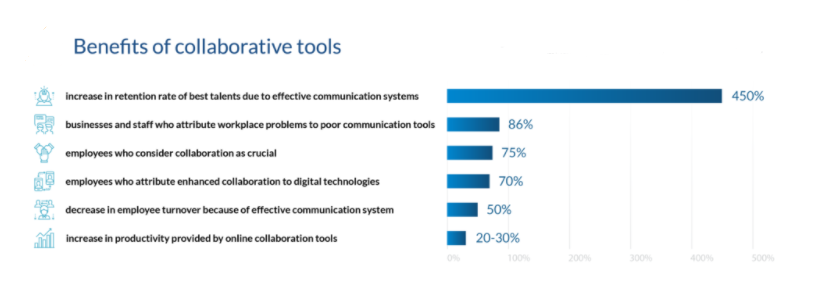Scaling Your Company: How to Manage Global Teams


Global teams have become commonplace today as economies overlap to form one large global village.
International teams allow you to access a global pool of talent. You can conceive ideas in one country, produce it in another, and launch in a third country.
But how do you manage a global team with different languages, time zones, and cultures?
This is what we will look at in this guide. Let’s jump in.
#1 Track Productivity
Your business has one primary goal – to do well.
How you define well depends on your goals. Maybe it is the minimum number of sales, conversion rates, hits on your website, deals to be closed, or new clients. Whatever the goal, keep a sharp eye on the productivity of your team.
As a manager, you want to make sure your team performs well, but constant check-ins, follow-ups, and calls will have the opposite effect. Divide the work into daily, weekly targets and use online trackers where your team can tick off the job done.
Productivity tools will help you identify the areas where your team can improve.

Are the team calls taking up too much? Is someone not able to log in at a particular time? Knowing this can help you identify patterns that may be causing your team’s failure to hit targets.
Tracking productivity isn’t the same as micromanaging. You need to know what your team is doing and where they are falling short. Online tools provide you with the information you need to assess productivity.
When you encounter a problem, address it quickly. You can send professional emails, ask them questions on how they are doing, or something else. Whatever your approach, find a solution.
#2 Ensure Effective Communication
It is vital for a global team that your teammates communicate effectively with each other and with you. This is where most global teams face the litmus test.
You’ll get communication issues with people working in the same office together. Unsurprisingly, then, communication it’s hard to manage communication in a global team. Difficult, but not impossible.
Create a digital toolkit for your team. Zoom, Microsoft Teams, Whatsapp, Slack, email- a global team is spoilt for choice and often has more than one platform they use to communicate. Make sure your team is using the same communication platform. This will help you schedule calls easily, track the work’s progress, and give your team a sense of working together.
Use cloud-based software to centralize your work. This is why platforms like Teams and Slack have picked up pace in recent years. Not only do they support basic chat and video calls, but they also allow you to import documents from Google Drive and host business software like Salesforce and Workday.

Source: Finances Online
By getting on the same platform, you can cut down on any communication noise and boost productivity. Studies indicate that online collaboration tools can also help you retain talent as they feel heard at the office.
One of the pitfalls of running a global team is not running into them at the office for a casual talk. The majority of your communication with people in different countries will revolve around work. Counter this by checking in with the team on how they are coping.
Organize fun online team activities like karaoke, online painting classes, or just an informal meeting. This helps build a strong team spirit and normalizes video conferencing and chat tools to stay in touch with the team members.
#3 Store Your Data Online
There’s nothing worse than signing in at the start of a workday only to realize you’ve forgotten a password for a tool you need, or you can’t find an important document. If you’re all working in the same office, the problem is little more than an inconvenience.
If you happen to be working on the other side of the world from your colleague, and because of the time difference, your colleague starts work in four hours, it’s a serious problem. Thankfully, the solution is simple.
Ensure all of the important information you need is accessible on the cloud. Use password managers to store online passwords, and organize your systems using tools like Trello and Google Docs.
If you have such a system in place, and your colleagues know where to access crucial information, you can easily improve team efficiency.
#4 Be Mindful Of Cultural Differences
Business customs and office structures differ as you move from one country to another. The change could be something as simple as the difference in being aggressive at work. In some countries, being assertive is considered a virtue. At the same time, the team members from other countries may be more subdued.
As a manager, it is up to you to foster a healthy team environment. Your knowledge of local business customs is essential. However, you can create the team you want without causing any disrespect.
#5 Keep Your Team Size Small
Jeff Bezos famously said if you can’t feed your team with two pizzas, it is too big.
The comment makes sense. Communication is normally better in a small team. People are more likely to feel like they have a voice.

The other major benefit of small teams is that you reduce social loafing. Social loafing is when one person slacks off because they are less responsible for their work as a group effort can help them mask their lack of input.
If you’ve never heard of social loafing, read up on Ringleman’s rope pulling experiment.
Bottomline
With a mix of emotional intelligence and the right technological skills, managing a global team will be a walk in the park. Ensure you keep the communication line open, and the team structure flexible, and carve out some time to have fun with the team.
What are you waiting for? Your global team awaits!
Cover Photo by Luis Cortes on Unsplash